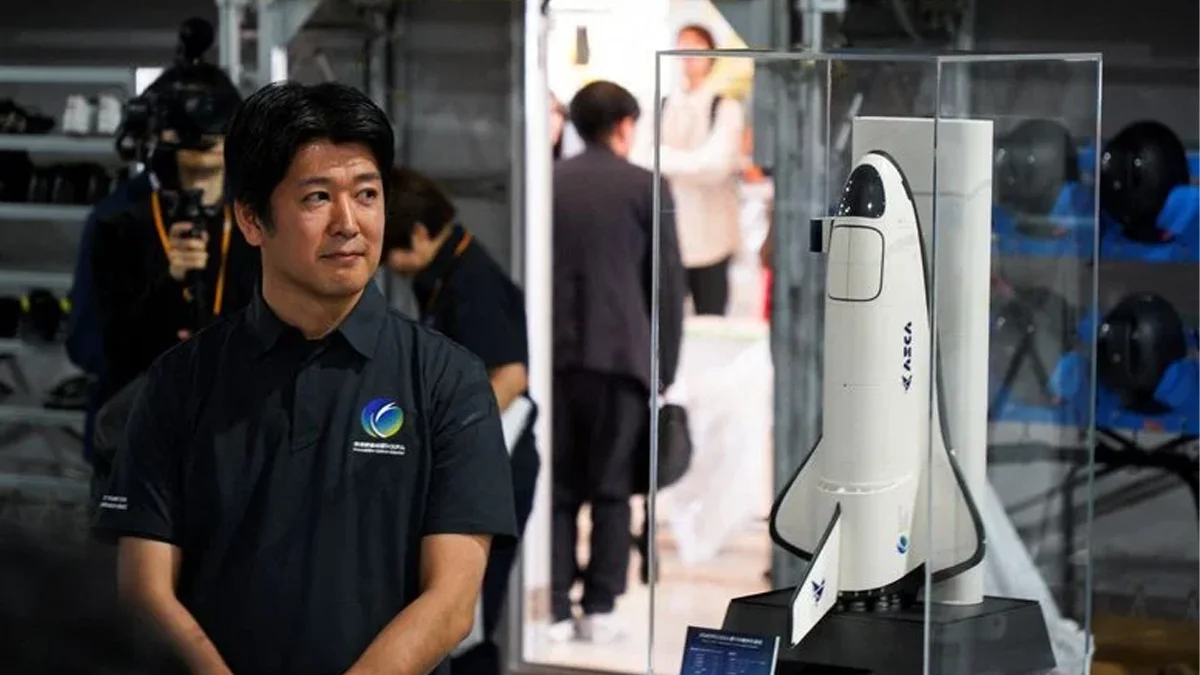Necessary Always Active
Necessary cookies are required to enable the basic features of this site, such as providing secure log-in or adjusting your consent preferences. These cookies do not store any personally identifiable data.
|
||||||
|
||||||
|
||||||
|

Tokyo-based startup Innovative Space Carrier (ISC) plans to test its reusable rocket in the US, which will be powered by an American-made engine. As reported by The Economic Times, ISC has announced the launch of a test flight of its ASCA 1.0 reusable rocket in December 2025. The rocket will use a Hadley engine made by the American company Ursa Major.
This test will support Japan’s efforts to grow its space tech industry and will take place at Spaceport America in New Mexico, USA. This marks a major step for ISC and is seen as the first joint commercial rocket launch between the US and Japan.
ISC is working hard to build a reliable and cost-effective space transportation system for Japan with ASCA 1.0 as its first test model. It will demonstrate the rocket’s ability to launch, reach a low altitude, and safely return to the ground. This kind of test is important because it helps engineers improve the rocket’s design and performance.
The goal of the test is to fly the rocket up to 100 meters and land it safely. ISC’s CEO Kojiro Hatada said the company will conduct multiple tests, calling them “ninja training-like” steps, to improve the rocket and move closer to full space missions.
The rocket uses the Hadley engine, which has already been tested in the US for hypersonic flights. The engine received special export permission from the US government so that it could be used in the Japanese rocket.
The launch of ASCA 1.0 is just the beginning, with ISC planning to test a better version, ASCA 1.1, for suborbital flights by early 2027. After that, ASCA 1.2 will be tested for launching satellites by 2028. Each version is a step toward developing a rocket that can take satellites into orbit and return safely to Earth.
According to ISC, almost 40% of ASCA 1.0 is made using 3D printing, which makes the development process faster and more affordable. This shows that ISC is using modern and smart methods to build its rockets quickly and efficiently.
Japan is working to expand its space industry. The government wants to double the size of the industry to 8 trillion yen (about $55.4 billion) by the early 2030s. However, one major problem is the lack of cheap and reliable rockets made in Japan. Many Japanese satellite companies depend on foreign rockets, which increases costs and delays.
ISC is trying to solve this problem by building rockets that are reusable and less expensive. CEO Kojiro Hatada said, “Japan’s space industry needs its space transportation services…but there’s no need to do everything ourselves to achieve it.” By working with foreign companies like Ursa Major, ISC is using the best tools and technologies available.
ISC was founded in 2022 by Hatada, a former government official. Since then, the company has formed partnerships with several companies, including British 3D printing firm WAAM3D. These partnerships help ISC speed up the rocket development process.
The company has also received support from the Japanese government, along with other startups like Space One and Toyota-backed Interstellar Technologies. ISC aims to reduce the cost of launching a 100 kg satellite into space to around 500 million yen in the long run.
Ben Nicholson, Chief Growth Officer at Ursa Major, said in a statement, “We look forward to continuing the partnership to further safe, cost-effective access to space.”